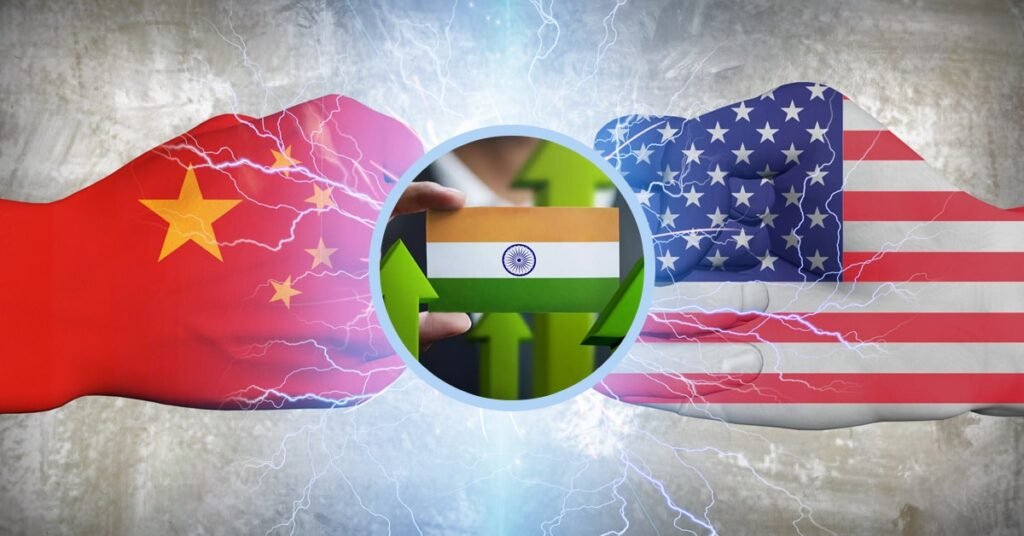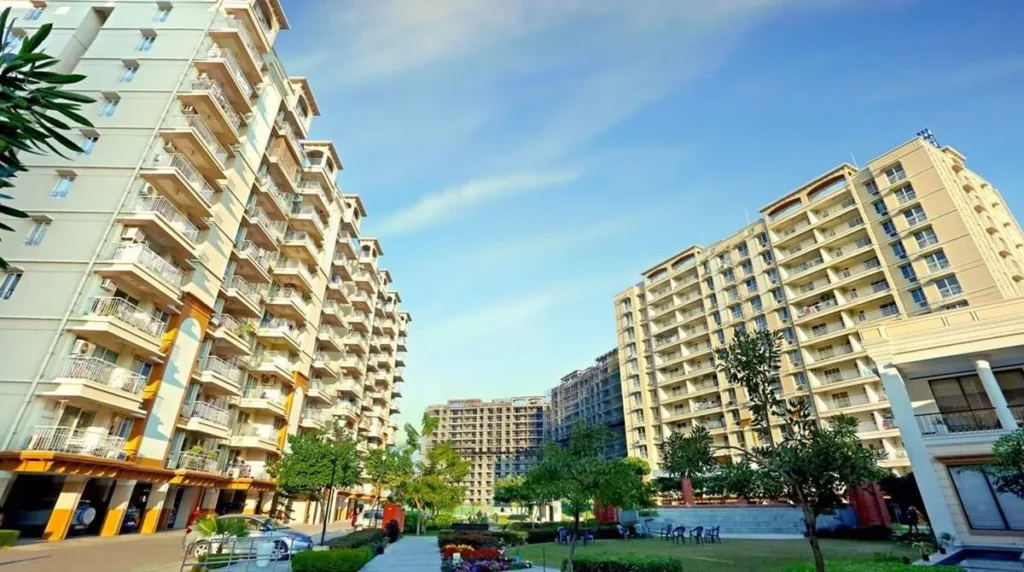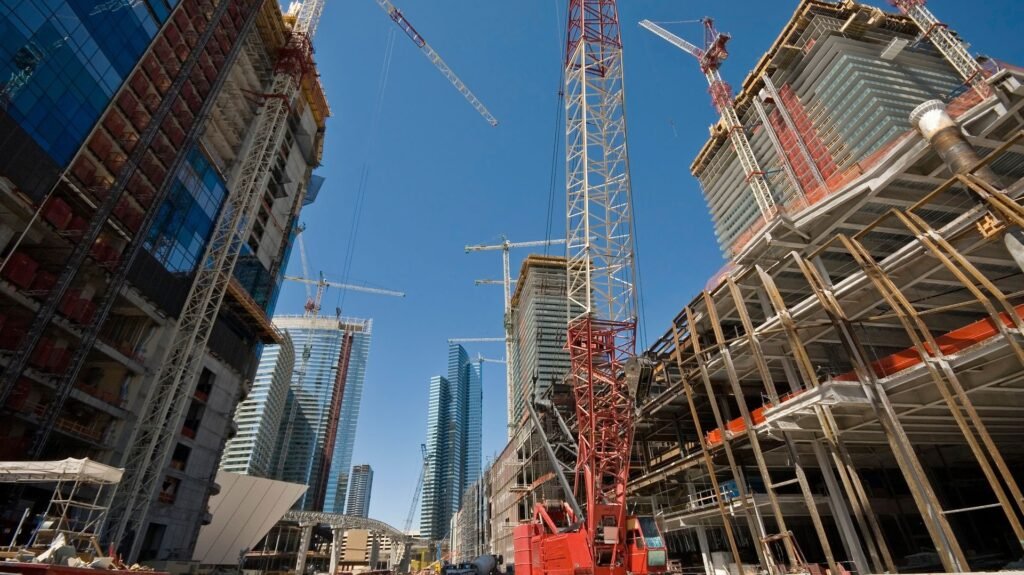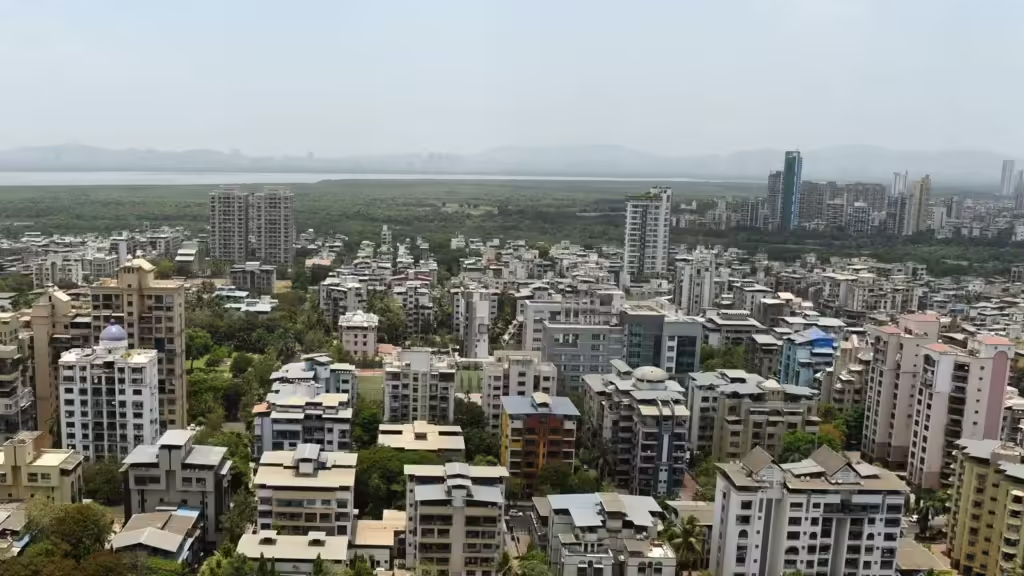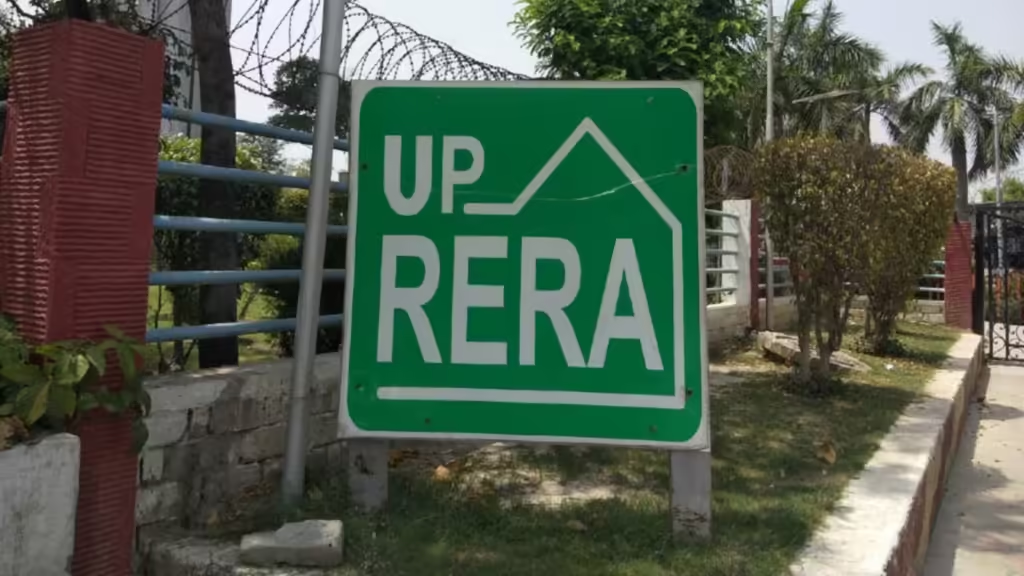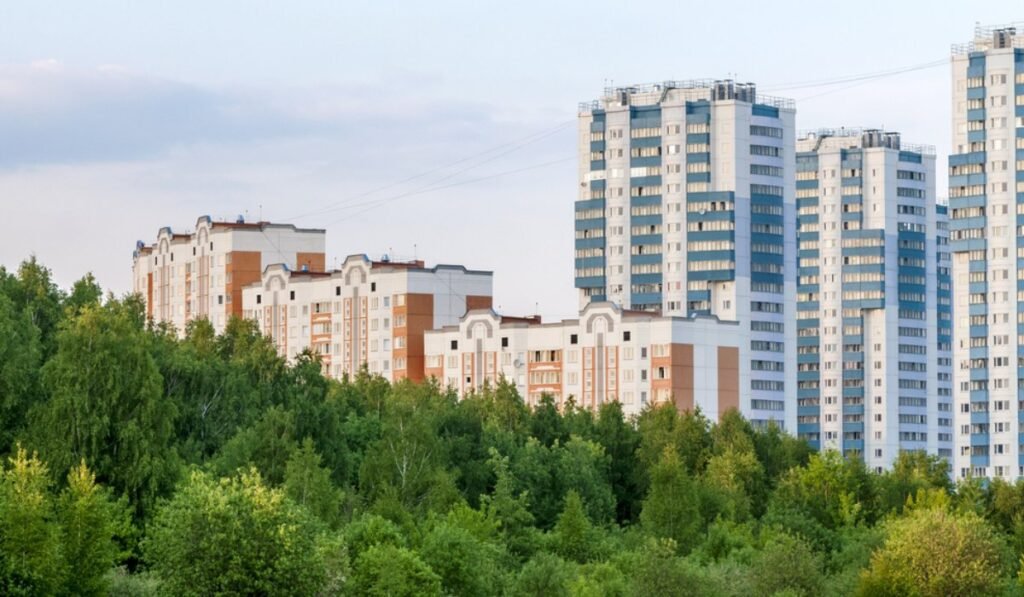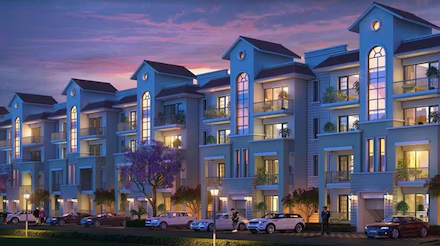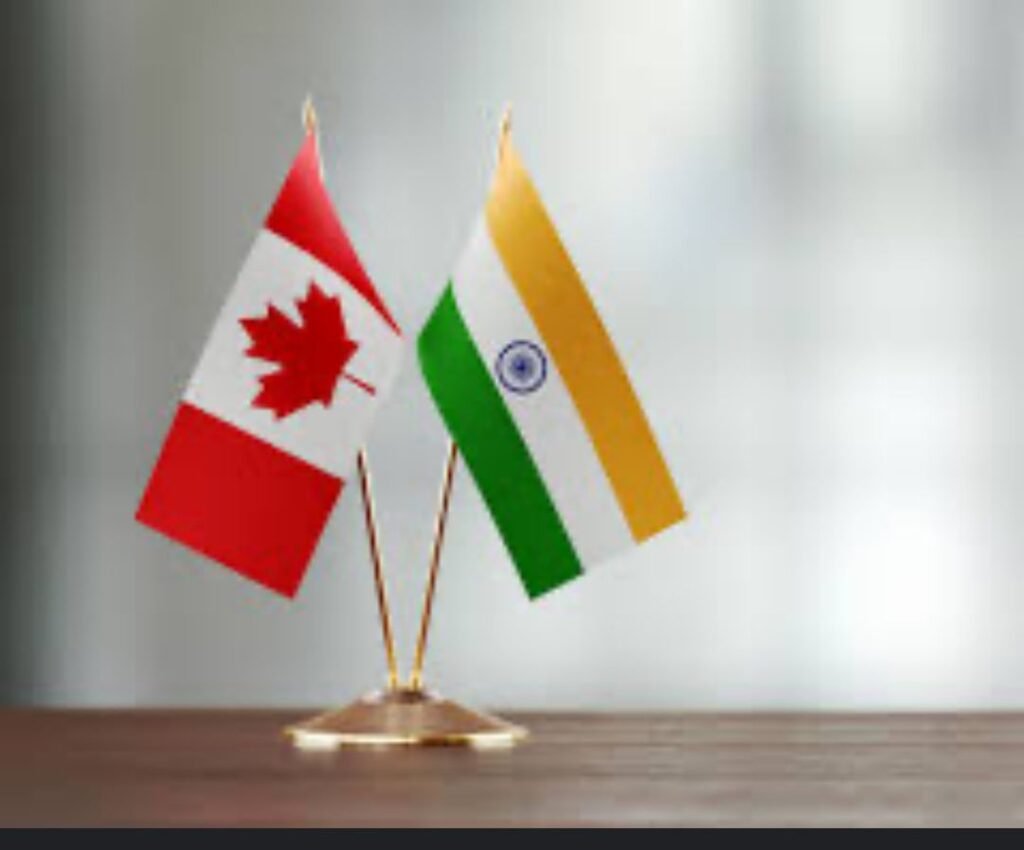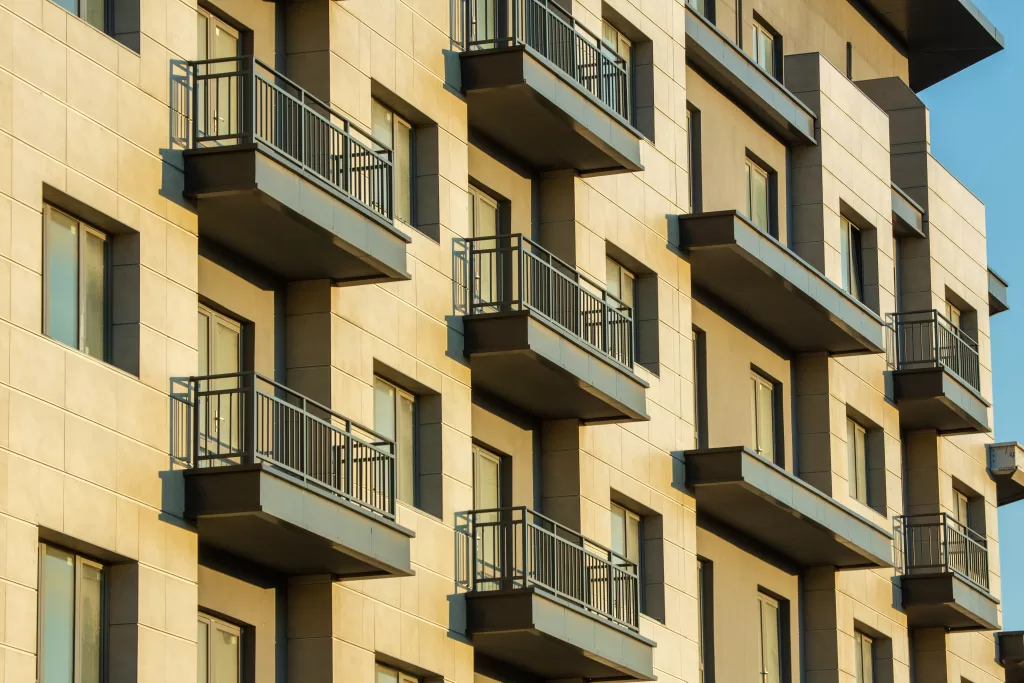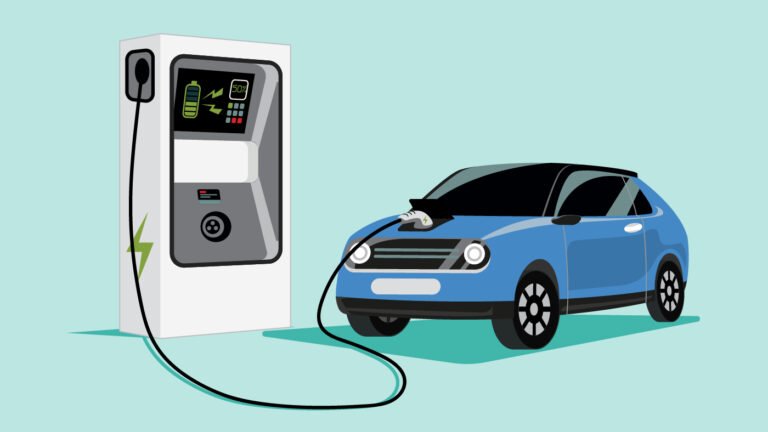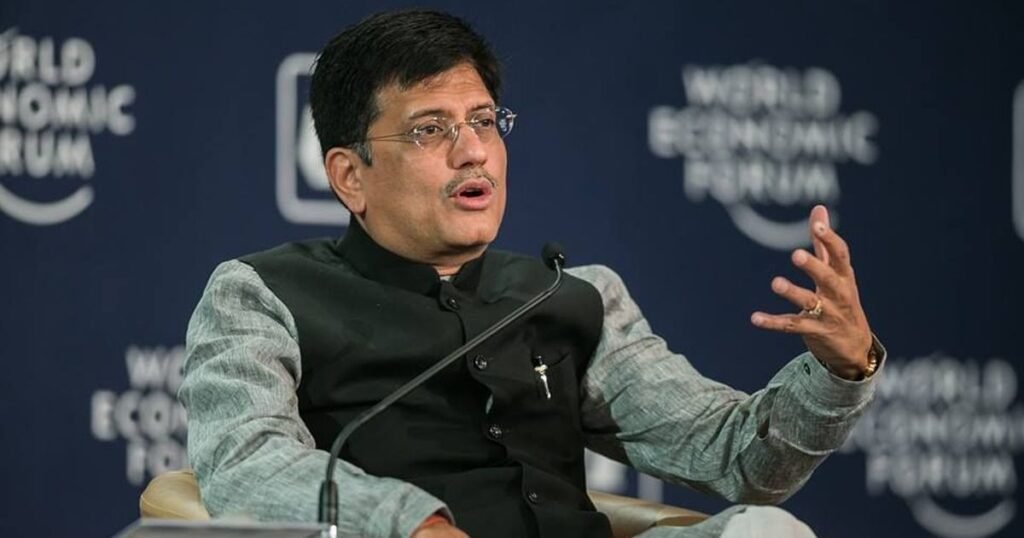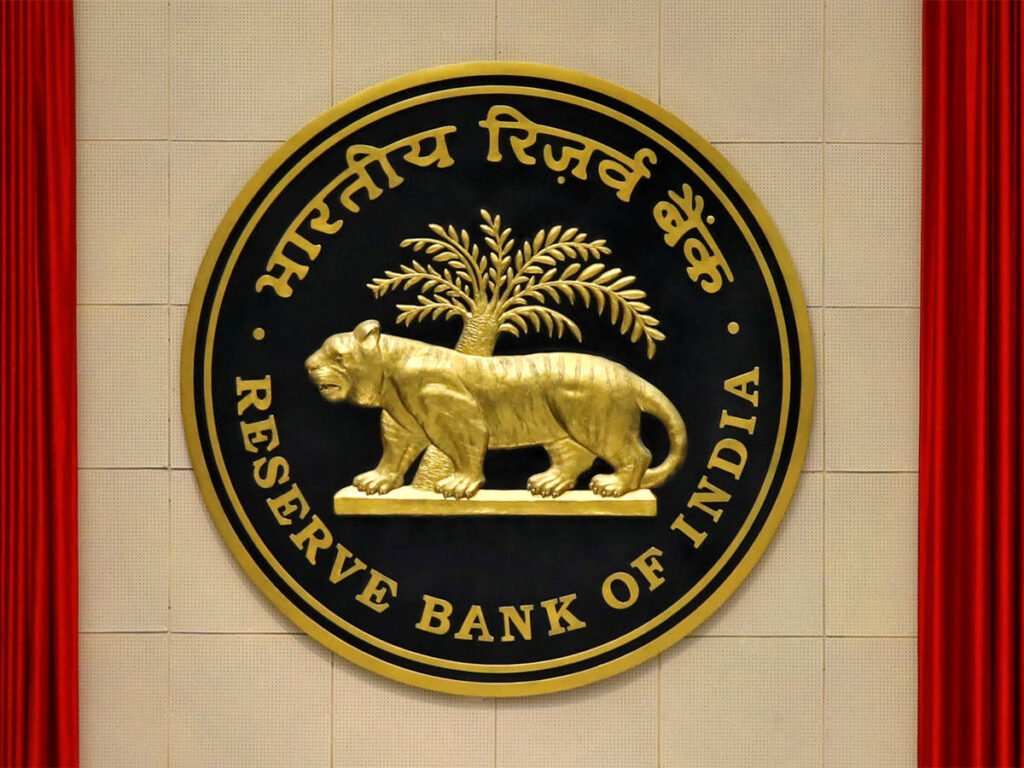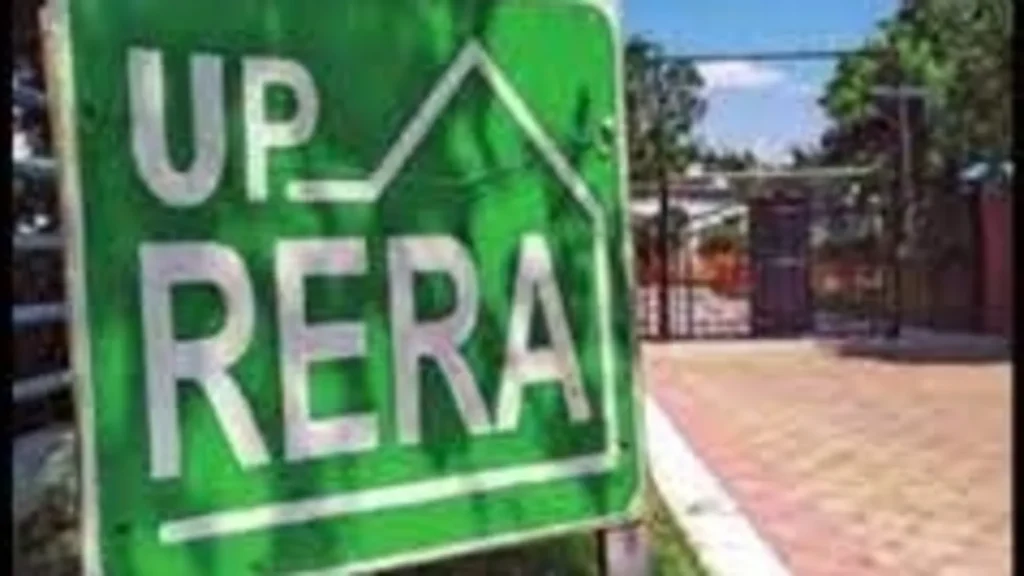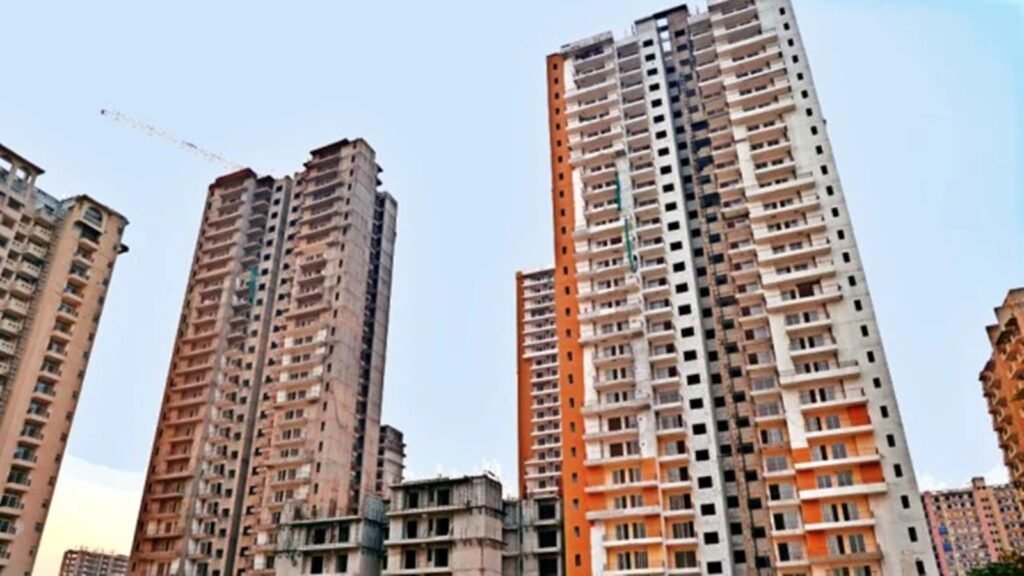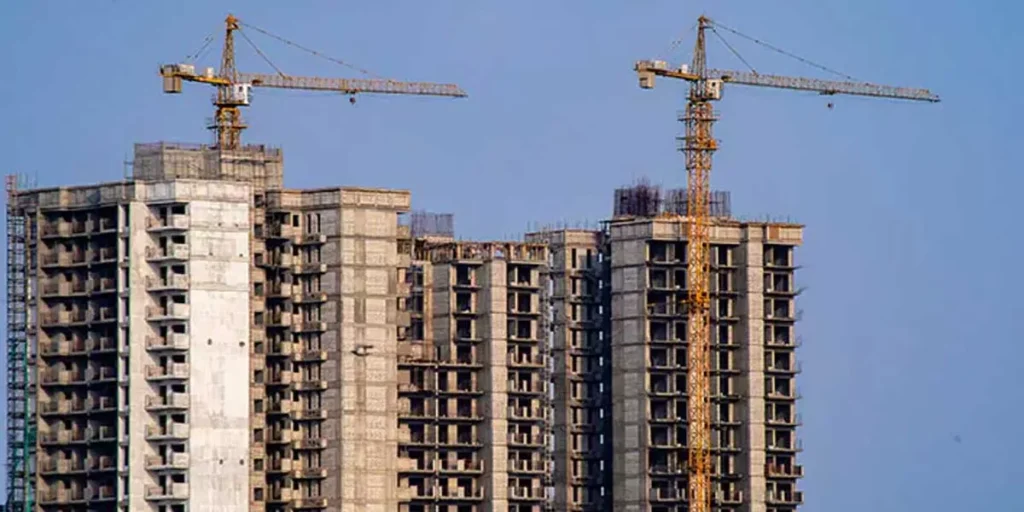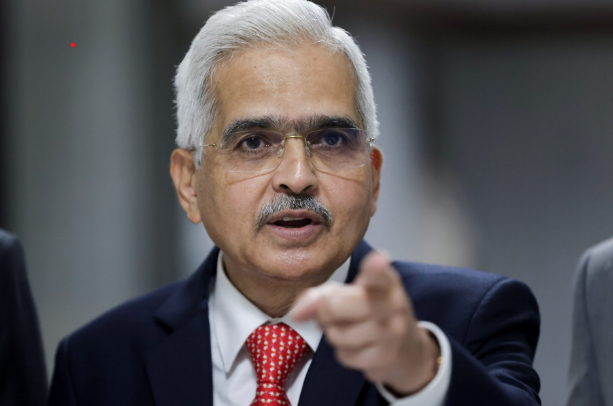New Stamp Duty Rules in Uttar Pradesh Real Estate: What Homebuyers Need to Know

Significant Changes Introduced for Homebuyers in UP
The Uttar Pradesh government has unveiled new guidelines for the registration of real estate properties, affecting homebuyers across Noida, Greater Noida, and other regions. Among these changes, buyers now face an additional 1% non-refundable registration fee, coupled with a mandatory 6% stamp duty on the property’s cost at the time of agreement signing. These updates aim to safeguard buyers’ interests but are already raising concerns about increased financial strain.
Financial Implications of the 1% Non-Refundable Registration Fee
One of the most talked-about changes is the 1% non-refundable registration fee, which must be paid upfront. According to experts, this fee represents a direct financial hit for homebuyers, especially those in the middle-income bracket. The absence of clear guidelines on refund policies in case of cancellations further heightens buyer apprehension.
Previously, buyers would enter a preliminary agreement with developers on a nominal stamp paper, saving on high upfront costs. Now, with the new policy, buyers face substantial expenses earlier in the buying process.
Mandatory 6% Stamp Duty on Builder-Buyer Agreements
The new policy mandates that buyers pay a 6% stamp duty upon signing the builder-buyer agreement, rather than waiting until the property’s completion. This rate, significantly higher than practices in other states, has been introduced to regulate transactions from an early stage. In other regions, the initial stamp duty is minimal, ranging from Rs 1,000 to Rs 10,000. The additional cost is likely to discourage new homebuyers in UP, with experts suggesting that this added burden may reduce demand for real estate in the state.
Industry leaders have expressed concerns about the implications of these fees, with some predicting that they could deter real estate growth in key UP regions like Noida, Greater Noida, and along the Yamuna Expressway.
How UP’s Stamp Duty Rates Compare with Other States
In Uttar Pradesh, stamp duty must be paid upon property purchase, calculated as a percentage of the transaction’s value. The current duty stands at 7% for men, 6% for women, and 6.5% for joint ownership between a man and woman. Additionally, a 1% registration fee applies, which was recently increased from a fixed Rs 20,000 fee.
In contrast, other states require only a nominal amount at the agreement stage, allowing buyers to defer significant financial outflows until project completion. The shift in UP’s policy is particularly burdensome for buyers who may need to secure higher initial funds, thus impacting their ability to invest in other financial commitments.
Sector Experts Voice Concerns Over the New Guidelines
Industry experts believe these new policies could stall real estate transactions, especially for middle-income buyers. According to analysts, the additional stamp duty and registration fees create a financial barrier for buyers and could deter future investments in UP’s real estate market. Furthermore, the lack of refund policies if agreements are canceled leaves buyers uncertain and potentially at risk of financial loss.
Market analysts also suggest that these regulations may slow growth in UP’s prominent real estate markets, as prospective buyers might turn to other states where initial transaction costs are lower.
Stamp Duty Structure for Property Buyers in Uttar Pradesh
The following table illustrates the current stamp duty structure for property buyers in Uttar Pradesh:
Source: UP IGRS
Aiming for Increased Government Revenue and Buyer Protections
The UP government’s objective behind these changes is to increase transparency and ensure buyer protections are enforced from the initial agreement stage. The revised norms are expected to increase stamp duty revenue, contributing to the state’s development budget. This structured approach also aims to prevent disputes by formalizing contracts earlier in the transaction process.
Implications for Future Property Buyers in Uttar Pradesh
These new policies add considerable financial pressure on homebuyers and may shift UP’s real estate dynamics. While the intent to protect buyers is clear, the increased costs may make homeownership less accessible for some. Moving forward, the UP government may need to reassess aspects of these policies to address buyer concerns and maintain a competitive real estate market.

 English
English 























